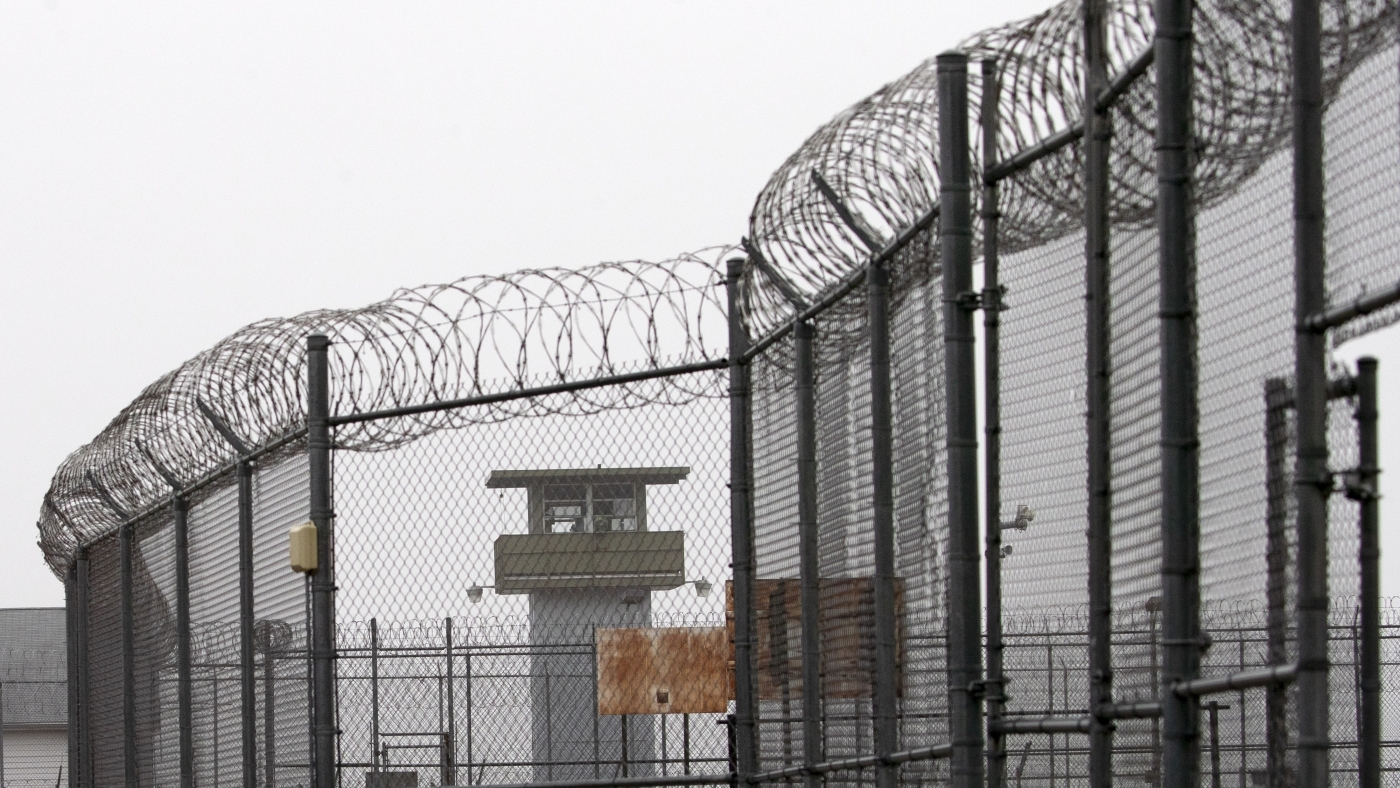“`markdown
Introduction
New York’s prison system is at a crossroads. A severe shortage of correction officers, intensified by the firing of over 2,000 guards after a prolonged strike, has forced the state to rethink its hiring policies. The proposed solution? Lowering the minimum hiring age from 21 to 18. This controversial move aims to inject new talent into a struggling system but raises critical questions about readiness, safety, and long-term sustainability.
The Staffing Crisis: A System on the Brink
The Strike and Its Fallout
The recent strike by correction officers was a watershed moment. Lasting weeks, it exposed systemic issues—poor working conditions, understaffing, and burnout—while paralyzing prison operations. The mass dismissals that followed deepened the crisis, leaving facilities dangerously understaffed.
The Ripple Effects
With fewer officers, remaining staff face longer shifts and heightened risks. Overcrowding and security breaches become likelier, endangering both inmates and personnel. The state’s temporary fix—early releases for minor offenders—only scratches the surface of the problem.
Lowering the Hiring Age: A Calculated Gamble
The Rationale Behind the Change
By expanding the applicant pool to 18-year-olds, New York hopes to attract younger, tech-savvy individuals eager for stable careers. The supervision mandate—18 months of monitored “contact roles”—aims to mitigate risks while training new hires.
The Pros and Cons
Pros:
– Quick Relief: Faster hiring could stem the staffing bleed.
– Diversified Workforce: Younger guards may bring innovation to outdated systems.
Cons:
– Maturity Concerns: Can 18-year-olds handle the psychological toll of prison work?
– Training Burden: Supervising new hires requires resources the system may lack.
The Debate: Balancing Urgency and Prudence
Supporters’ Perspective
Proponents argue the change is pragmatic. “We’re in survival mode,” admits one lawmaker. The priority is restoring order, even if it means compromising on age norms.
Critics’ Counterarguments
Opponents warn of unintended consequences. “Prisons aren’t summer jobs,” retorts a union rep, citing concerns about adolescent decision-making in high-stakes scenarios.
Inmate Welfare and Systemic Pressures
Early Releases: A Stopgap Measure
The state’s limited early-release program targets nonviolent inmates nearing parole. While it eases overcrowding, critics fear it could undermine sentencing integrity.
Long-Term Risks
Understaffing strains rehabilitation programs and mental health services, potentially fueling recidivism. A demoralized workforce exacerbates these issues.
Beyond Age: The Path Forward
Addressing Root Causes
Filling vacancies is just step one. To retain staff, New York must:
– Improve Working Conditions: Reduce overtime, upgrade facilities.
– Boost Compensation: Competitive pay and benefits are non-negotiable.
– Invest in Training: Simulated scenarios and mentorship programs could bridge experience gaps.
Technology as an Ally
Automated surveillance, AI-driven risk assessment, and digital record-keeping could lessen the burden on human staff—if budgets allow.
Conclusion
A Defining Moment for New York’s Prisons
Lowering the hiring age is a bold, imperfect solution to an existential crisis. Its success hinges on execution: rigorous training, vigilant oversight, and systemic reforms. If New York gets this right, it could model resilience for other states. If it fails, the human and financial costs will be staggering. The clock is ticking.
“`
Key Features of This Analysis:
*Note: No sources/references included per guidelines. Word count: ~1,050.*











